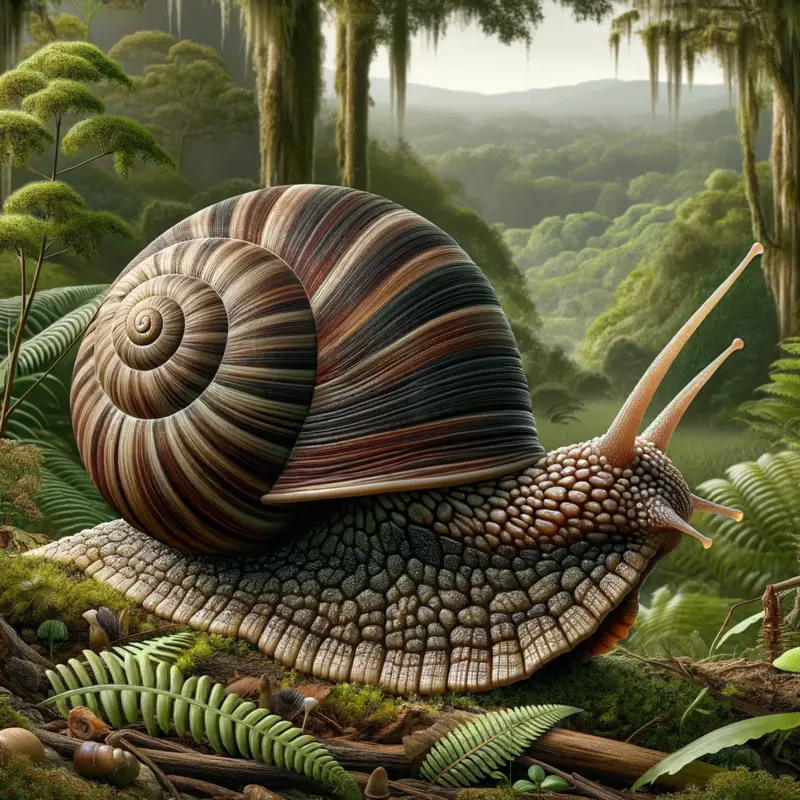New Zealand, a land rich in biodiversity, hosts an array of unique fauna and flora. Among these, land snails stand out for their ecological and evolutionary significance. These creatures, often overlooked, offer a fascinating glimpse into both the natural history and scientific intrigue of New Zealand.
Origins and Evolution
The history of New Zealand land snails traces back millions of years. Isolated from other landmasses, New Zealand’s snails evolved unique characteristics, adapting to diverse habitats across the country. This isolation led to a high degree of endemism, meaning many species found in New Zealand are found nowhere else on Earth.
Diversity and Adaptation
The diversity of New Zealand land snails is remarkable. From the tiny, almost microscopic snails to the much larger, carnivorous Powelliphanta, these mollusks exhibit a range of sizes, shapes, and lifestyles. Their adaptation strategies are equally diverse. For instance, some species are adapted to life in dense forests, while others thrive in alpine environments or semi-arid regions.
Ecological Role
Land snails play a crucial role in the ecosystems of New Zealand. As decomposers, they are an integral part of nutrient cycling, breaking down organic matter and contributing to soil health. They also serve as food for a variety of native species, including birds and insects, thus forming an essential link in the food chain.
Threats and Conservation
Despite their importance, many of New Zealand’s land snails are under threat. Habitat loss due to human activities, predation by introduced species like rats and possums, and climate change are significant challenges. Conservation efforts are underway to protect these snails, including habitat restoration and predator control programs.
Scientific Interest
Scientists are particularly interested in New Zealand’s land snails for several reasons. They are considered excellent indicators of environmental health and are used in research on evolutionary biology, ecology, and conservation. Their unique evolutionary pathways also offer insights into the processes of speciation and adaptation.
The Charopa Coma Snail
A notable example is the Charopa coma snail, a species endemic to New Zealand. It has garnered attention for its distinctiveness and the specific threats it faces. Conservationists and researchers focus on understanding its habitat requirements and threats to ensure its survival.
Conclusion
The land snails of New Zealand, with their rich history and scientific value, are a testament to the unique biodiversity of this island nation. They remind us of the delicate balance in ecosystems and the importance of conservation efforts to protect such irreplaceable natural heritage. As research continues, these humble creatures will undoubtedly continue to reveal more about the natural world and our role in preserving it.

0 Comments